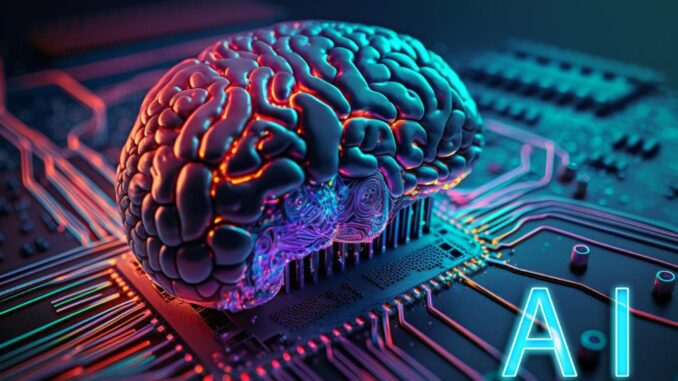
Documenting AI projects, including the processes, methodologies, insights, and findings, is crucial for transparency, reproducibility, communication, and future reference.
Below are some guidelines and best practices for documenting AI projects, along with key insights that should be captured:









### Documentation Structure for AI Projects
1. **Project Overview**
– **Title:** Clear and descriptive project title.
– **Objective:** A concise description of the goal of the AI project (e.g., predicting user behavior, classifying images).
– **Stakeholders:** Identify key stakeholders involved in the project (e.g., data scientists, business analysts, project managers).
2. **Data Documentation**
– **Data Sources:** Document the origin of the data, including links to datasets and APIs used.
– **Data Description:** Provide details about the features of the dataset, including data types, units, and descriptions.
– **Data Collection Methods:** Explain how the data was collected (e.g., web scraping, surveys, databases).
3. **Data Preparation**
– **Preprocessing Steps:** Describe any cleaning, normalization, or transformation processes applied to the data.
– **Handling Missing Values:** Document methods used to handle missing data (e.g., imputation techniques, dropping rows/columns).
– **Feature Engineering:** Outline new features created, including the rationale and methods used.
4. **Exploratory Data Analysis (EDA)**
– **Visualization Outputs:** Include important visualizations that highlight key findings, trends, or relationships in the data.
– **Summary Statistics:** Present key statistics from the EDA (means, medians, correlations).
– **Insights:** Capture and document insights derived from the analysis (e.g., user segments, notable outliers).
5. **Model Selection and Development**
– **Modeling Approaches:** Describe the algorithms selected for the project, including reasons for their choice.
– **Hyperparameter Tuning:** Document the hyperparameters used in the models and how they were selected (e.g., grid search, random search).
– **Model Validation:** Outline the validation strategy (e.g., cross-validation, train-test split) and justification.
6. **Model Evaluation**
– **Evaluation Metrics:** Explain the metrics used to evaluate model performance (e.g., accuracy, precision, recall, F1-score, AUC).
– **Model Performance Results:** Present the results of model evaluation, including visualizations like ROC curves, confusion matrices, and scores.
– **Comparison of Models:** If multiple models were trained, provide a comparison table summarizing their performances.
7. **Deployment and Implementation**
– **Deployment Strategy:** Document how the model was deployed (e.g., cloud service, on-premises, as a web service).
– **Integration:** Explain how the model integrates with existing systems or user interfaces.
– **Monitoring and Maintenance:** Outline the monitoring strategies for model performance and any maintenance plans.
8. **Challenges and Solutions**
– **Project Challenges:** Document any challenges faced during the project’s lifecycle (e.g., data quality issues, model performance setbacks).
– **Solutions Implemented:** Describe the solutions or workarounds adopted to overcome these challenges.
9. **Insights & Future Recommendations**
– **Key Insights:** Summarize the main insights gained from the project that could impact business decisions.
– **Actionable Recommendations:** Provide actionable recommendations based on the analysis and findings (e.g., marketing strategies, product improvements).
– **Future Work:** Outline potential future work or further analyses that could be beneficial.
10. **Appendices**
– **Code Repositories:** Link to any code repositories (e.g., GitHub, GitLab) that contain scripts or notebooks related to the project.
– **References:** List any literature, frameworks, or tools referenced during the project.
### Best Practices for Documentation
– **Clarity and Conciseness:** Ensure the documentation is clear and concise, written in a way that can be easily understood by non-technical stakeholders as well.
– **Use Visuals:** Incorporate visuals, charts, and graphs to make complex information more digestible.
– **Version Control:** Utilize version control (e.g., Git) for maintaining documentation so changes can be tracked effectively.
– **Collaborative Tools:** Consider using collaborative documentation tools (e.g., Google Docs, Confluence) that allow for real-time collaboration and feedback.
– **Regular Updates:** Update the documentation regularly throughout the project lifecycle to keep it relevant and comprehensive.
### Conclusion
Effective documentation plays a pivotal role in AI projects by fostering understanding, ensuring reproducibility, and facilitating better communication among stakeholders. By systematically capturing methodologies, insights, challenges, and outcomes, you pave the way for improved project outcomes and a stronger foundation for future work.


Leave a Reply